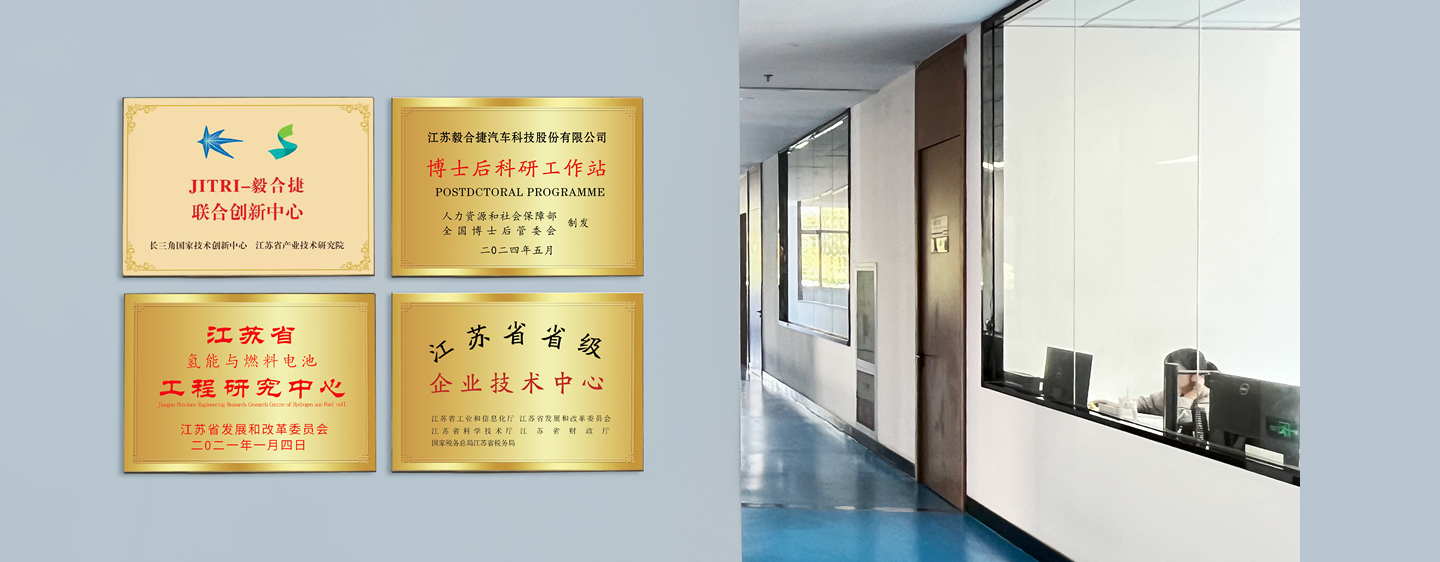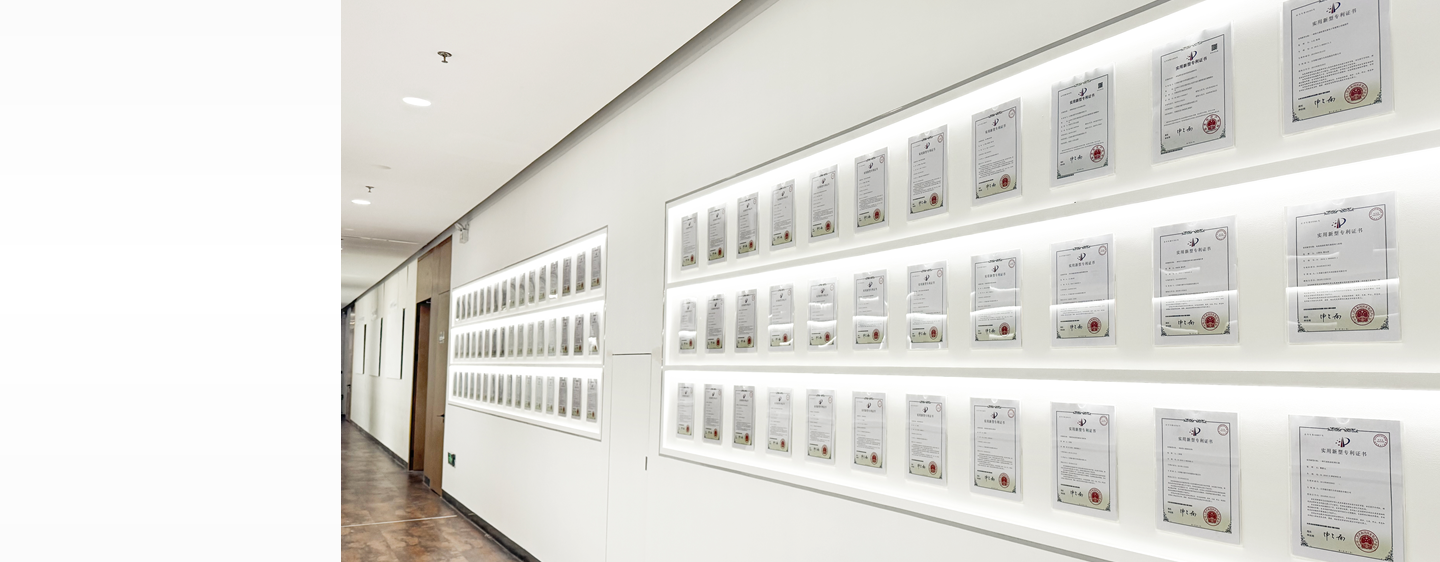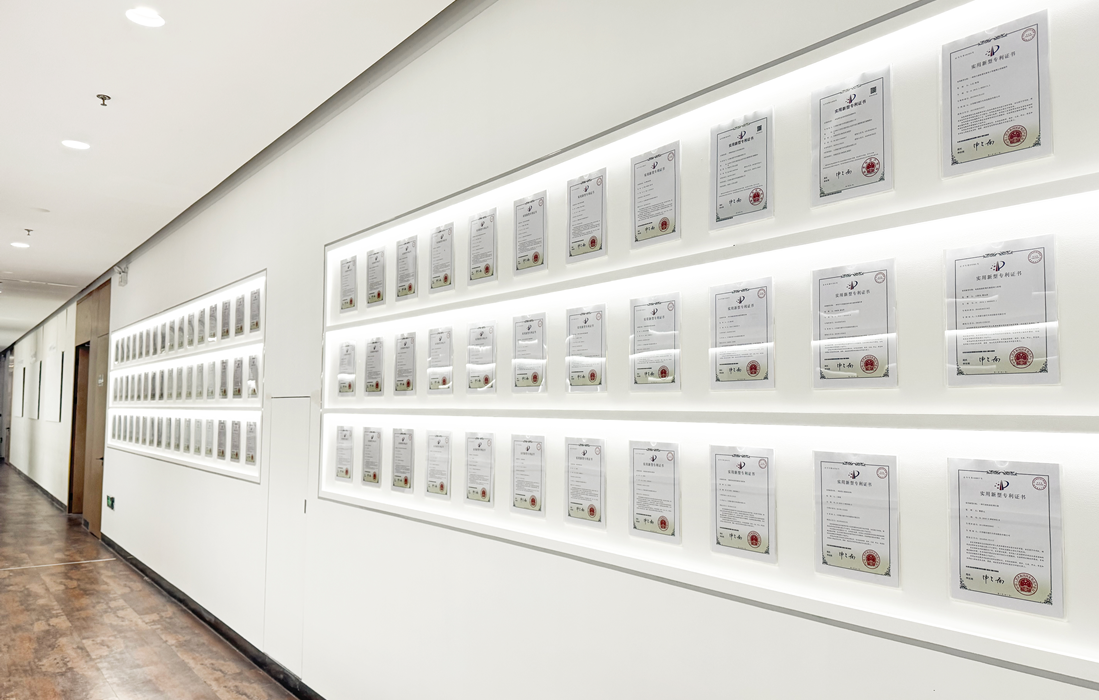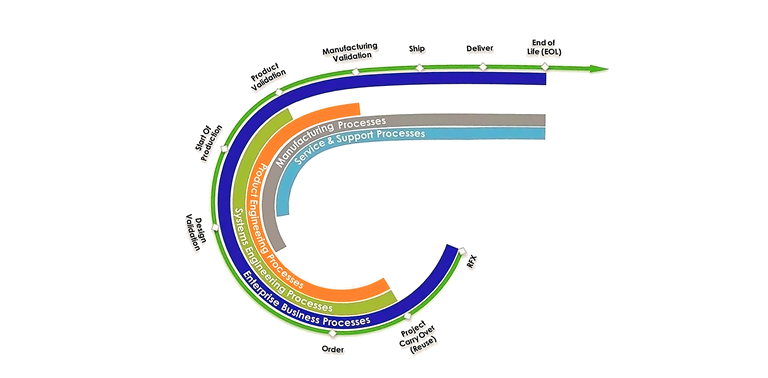
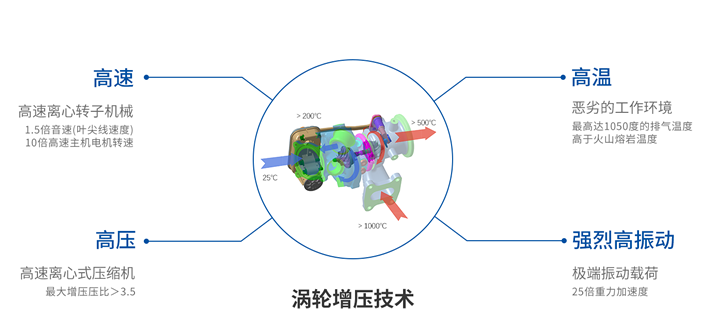
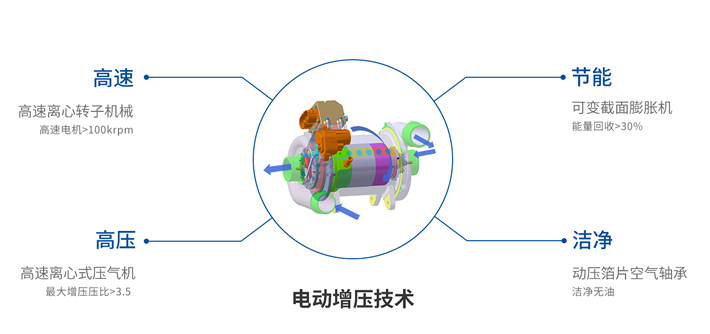
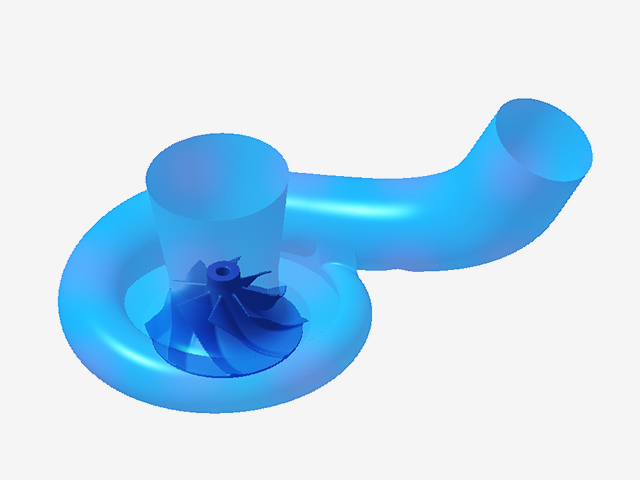 Aerodynamic Technology
Aerodynamic TechnologyAerodynamic Technology
Aerodynamic technology studies the flow of air over and around surfaces. It primarily deals with the fluid dynamic properties of air, such as flow speed, pressure, and density, as well as the impact of object shapes on air flow. By researching and analyzing aerodynamics, designs can be optimized to reduce drag, improve efficiency, and enhance fluid dynamic performance.
 Rotor Dynamics Technology
Rotor Dynamics TechnologyRotor Dynamics Technology
Rotor dynamics technology involves the use of rotating components (such as turbines, fans, etc.) to convert the kinetic energy of fluids (air, gas, or liquids) into mechanical energy. This field includes the design and manufacturing of high-speed rotating parts and the application of fluid dynamics theory. Effective conversion of rotational energy facilitates the transfer and utilization of energy.
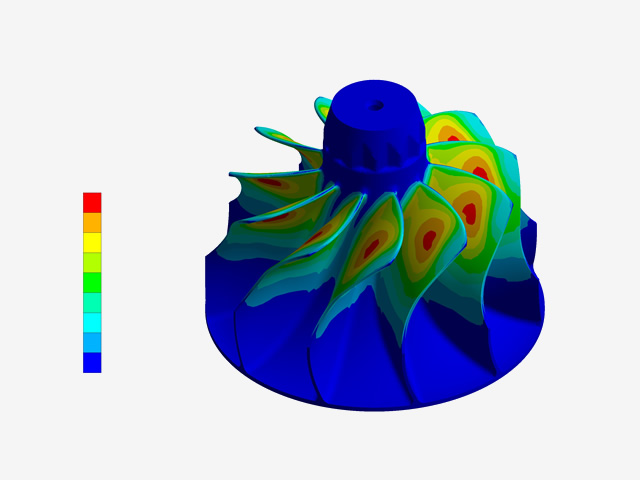 Structural Strength and Fatigue Technology
Structural Strength and Fatigue TechnologyStructural Strength and Fatigue Technology
Structural strength and fatigue technology focus on evaluating the safety and durability of materials and structures under static and dynamic loads, ensuring their reliable long-term operation.
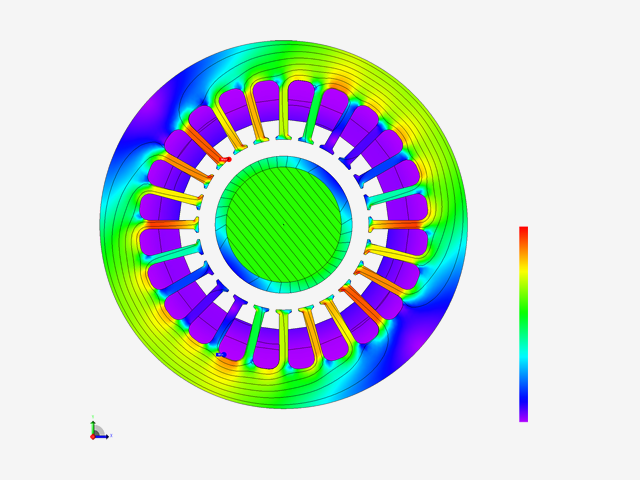 High-Speed Motor and Electronic Control Technology
High-Speed Motor and Electronic Control TechnologyHigh-Speed Motor and Electronic Control Technology
High-speed motor and electronic control technology involves the design and application of motors and electronic control systems that can operate stably under high-speed conditions. These technologies include precision motor design, high-speed rotor balancing, and advanced electronic regulation and monitoring systems to ensure precise control and efficient energy conversion during high-speed operation.
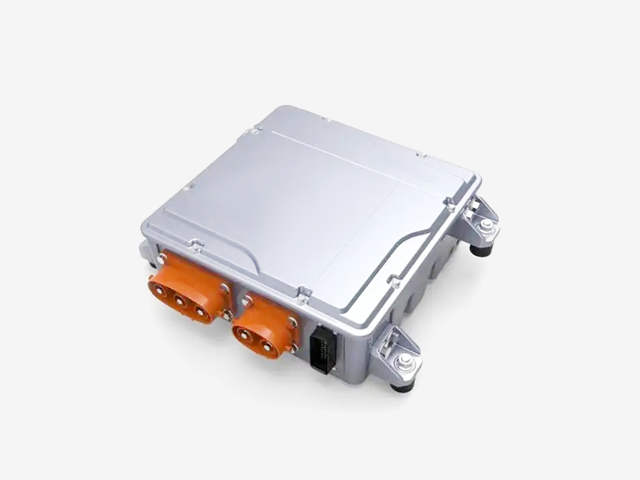 High-Speed Dynamic Balancing Technology
High-Speed Dynamic Balancing TechnologyHigh-Speed Dynamic Balancing Technology
High-speed dynamic balancing technology ensures the stability of rotating components during high-speed operation. By precisely measuring and adjusting the mass distribution of the rotating body, it minimizes excessive vibrations and imbalance forces during operation. This technology typically involves the use of high-precision balancing equipment and meticulous manufacturing processes to control even the smallest imbalances.
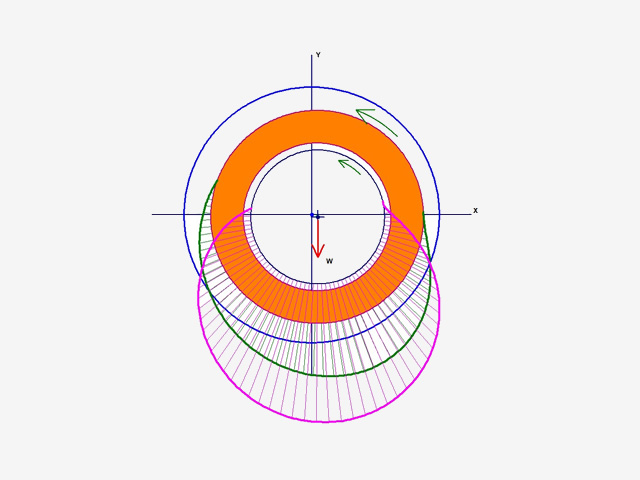 Air Bearing Technology
Air Bearing TechnologyAir Bearing Technology
Air bearing technology uses compressed air or gas to form a thin layer of air film around the bearing, supporting and guiding the rotating shaft without the need for traditional lubricating oil films. This technology reduces frictional loss and wear, enhances the lifespan and reliability of the bearings, and enables stable performance during high-speed operation.

Through the PLM system and digital design tools such as CAE/CAD, combined with virtual modeling and simulation testing, as well as data analysis and optimization, Easyland achieves efficient product development process management and decision support. This approach manages critical information and processes across the entire product lifecycle—from design and manufacturing to service—enhancing efficiency and reducing costs.

Assembly and System Layout Design

Compressor Design
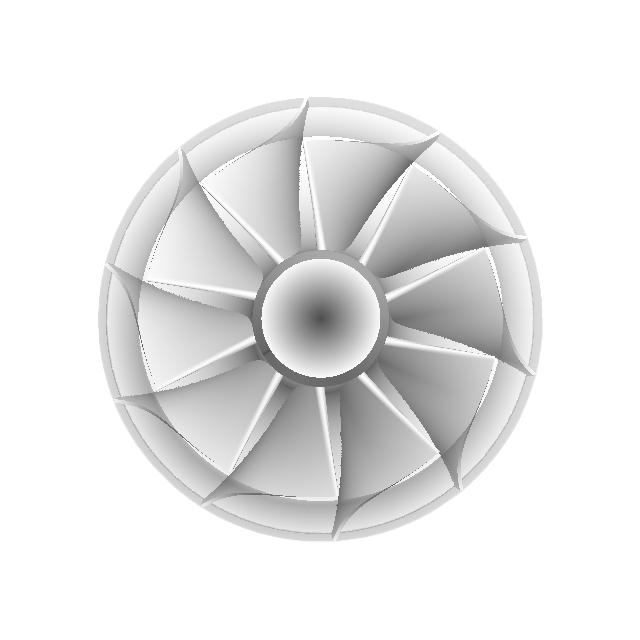
Turbine Design
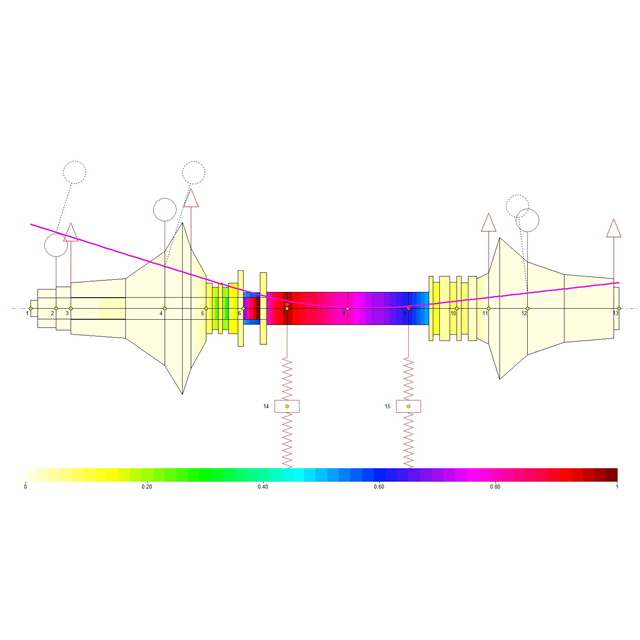
High-Speed Rotor and Bearing Design
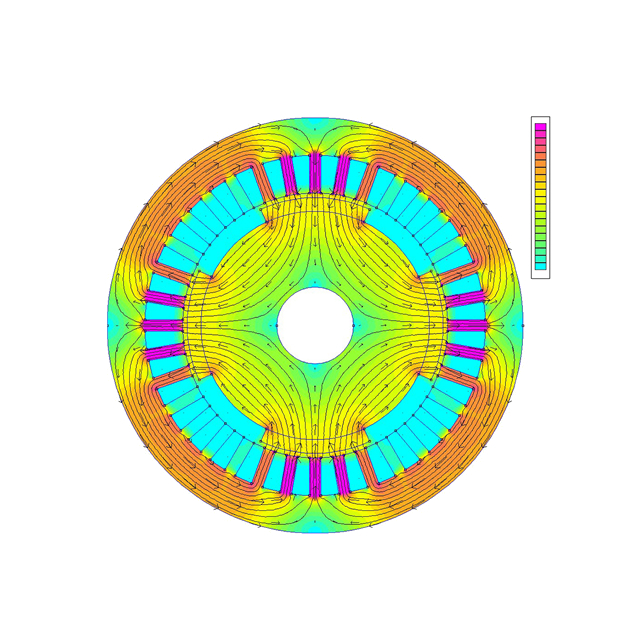
High-Speed Motors
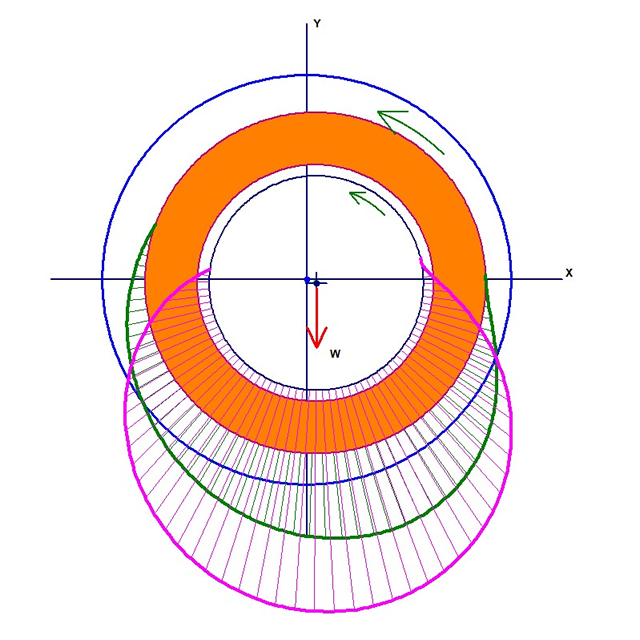
Air Bearing Technology

Fluid Dynamics
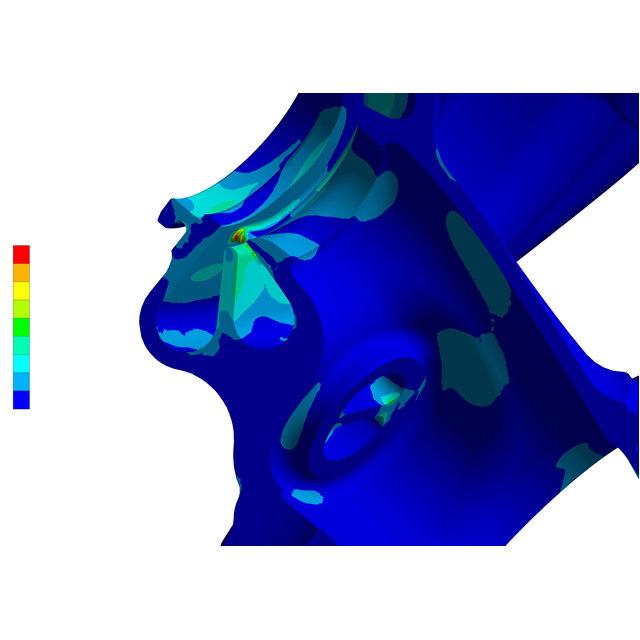
Thermal Stress Analysis
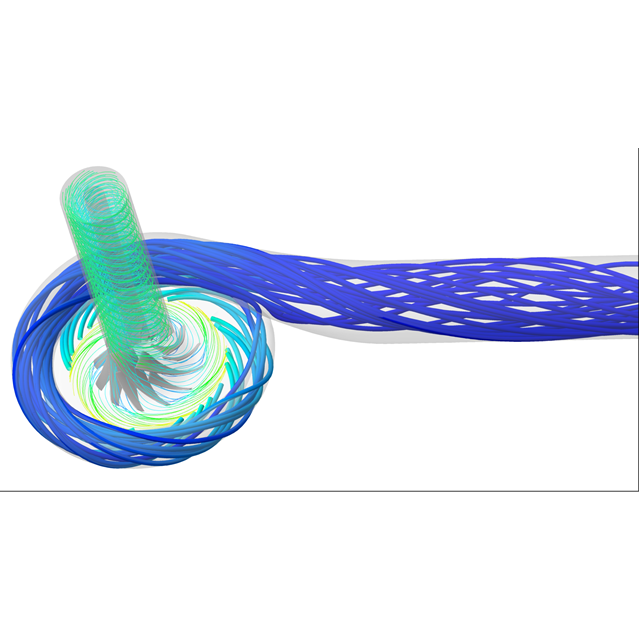
Aerodynamics
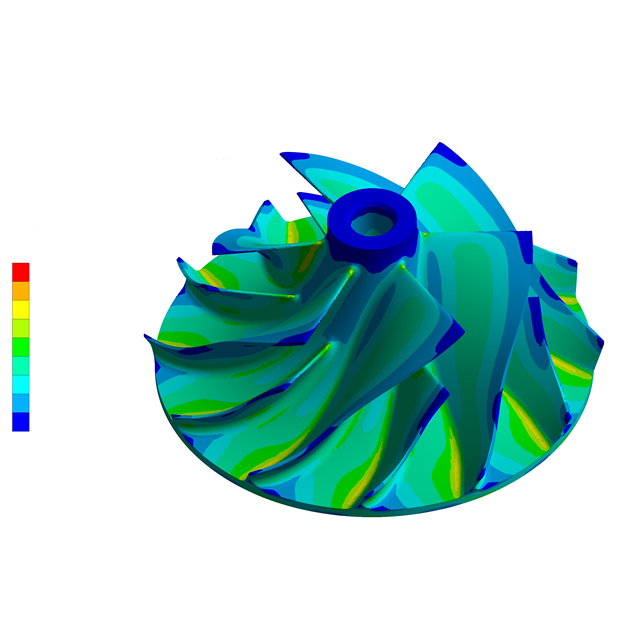
Structural Strength Analysis
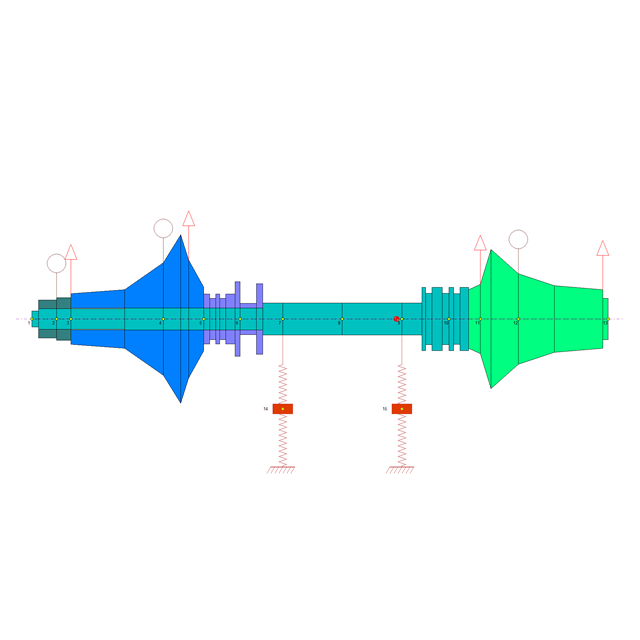
Rotor Dynamics
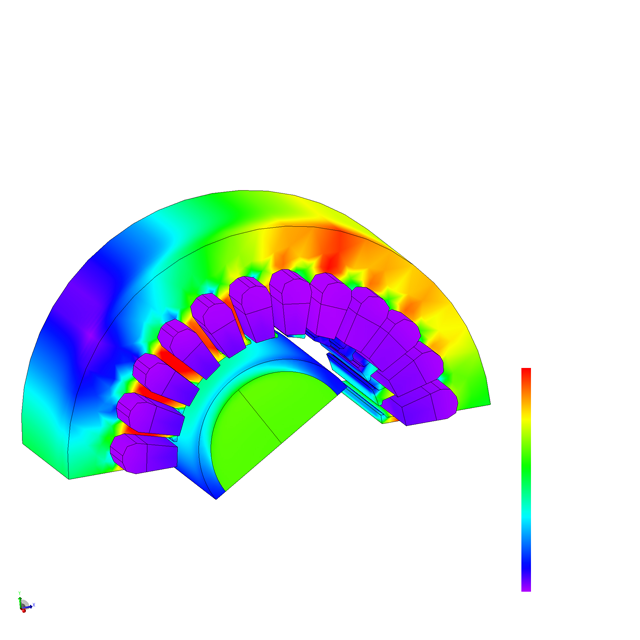
Electromagnetic Simulation
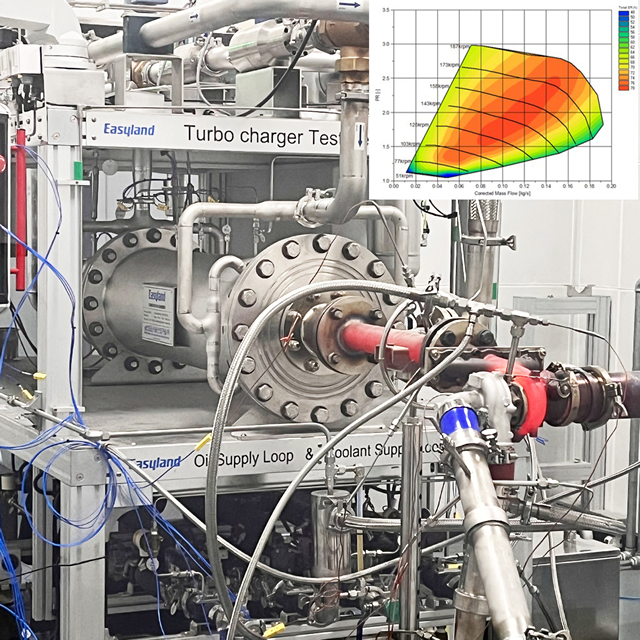
Performance Testing
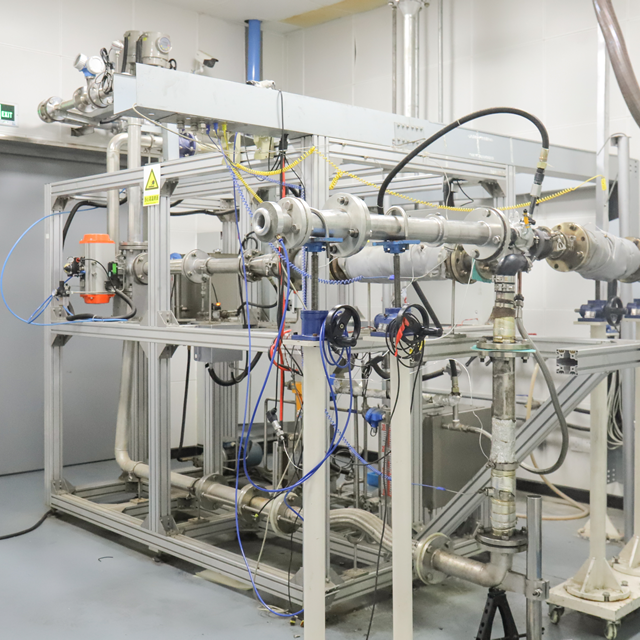
Durability Testing

Shaft Orbit Testing
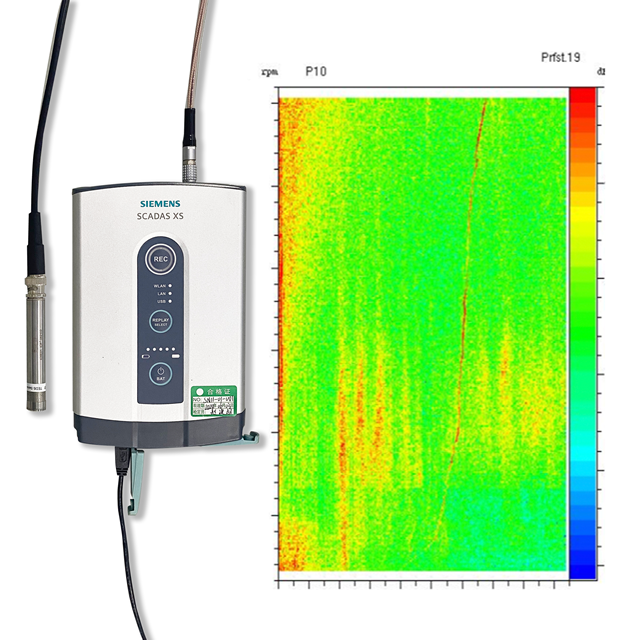
NVH
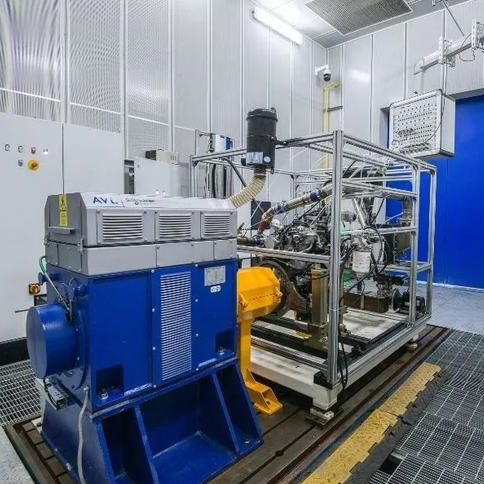
Engine Testing
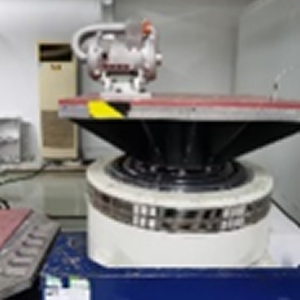
Vibration and Shock Testing




